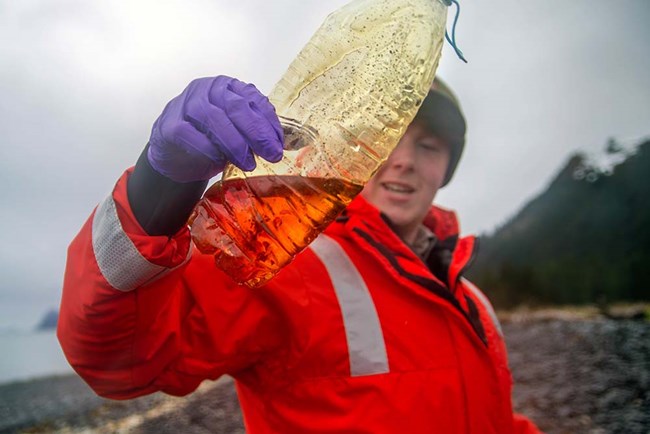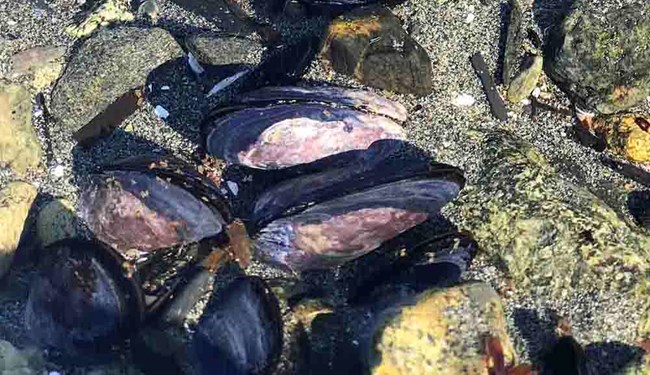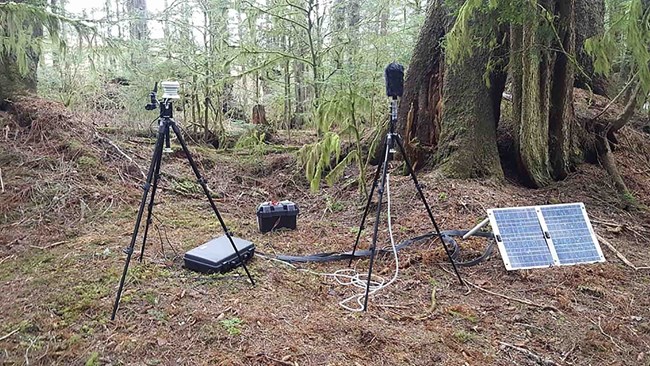|
Many factors influence the natural environment of Sitka National Historical Park, contributing to the interdependencies between organisms and natural objects. The humid maritime climate influences much of the plant life, characterized by relatively heavy precipitation with a small temperature range between seasons. Glaciation has defined the geologic history and left a legacy that defines today's topography. Soils exhibit the relative age of each landform within the park's varied landscape. The Indian River's hydrologic activity is perhaps the most significant environmental factors within the park: an ecosystem for salmon and all that rely on the aquatic environment. Ultimately, climate change is a human-based factor that alters Sitka National Historical Park's resources and over time degrades ecological integrity.

NPS Photo Although the natural and cultural resources of Sitka National Historical Park are increasingly at risk due to climate change, we are also in a unique position to provide baseline data and monitor long term changes through ongoing research efforts. Learn more about climate change in Sitka National Historical Park. 
NPS Photo / Andrea Willingham Climate and weather When many people think of Alaska, they think of arctic winters and a frigid climate--but think again, if you're coming to Sitka! Here, due to the warm ocean currents that pass by Baranof Island, winters are mild and summers are wet, keeping the rainforest happy with a constant supply of rain, fog, and mist. 
NPS Photo / Andrea Willingham Hydrologic Activity Indian River is one of the primary natural resources in the park. The river continuously shapes the interconnections of the land, plants, and animals that thrive in the park. 
NPS/Chelsey Grobelny Microplastics are tiny particles of plastic and fibers that persist in the environment. We are only now beginning to recognize the potential impacts of the breakdown of plastics in the marine ecosystem. Learn more about microplastics in ocean ecosystems of Sitka National Historical Park. 
When compared to other parts of the U.S., Sitka National Historical Park’s intertidal zone has relatively clean waters. While some pollutants, including mercury, synthetic chemicals, petroleum, and organic fuels are present, they occur at comparatively low levels. However, as human activities expand, so does the potential for contamination. Learn more about ocean contaminants in Sitka National Historical Park. 
All physical sound resources (for example, sounds made by wildlife, waterfalls, wind, rain, and cultural or historical sounds), regardless of their audibility, are referred to as the acoustic environment of a park. The quality of the acoustic environment in Sitka NHP affects the visitor experience, cultural landscapes and structures, and wildlife. Learn more about the acoustic environment of Sitka National Historical Park. |
Last updated: February 21, 2019
